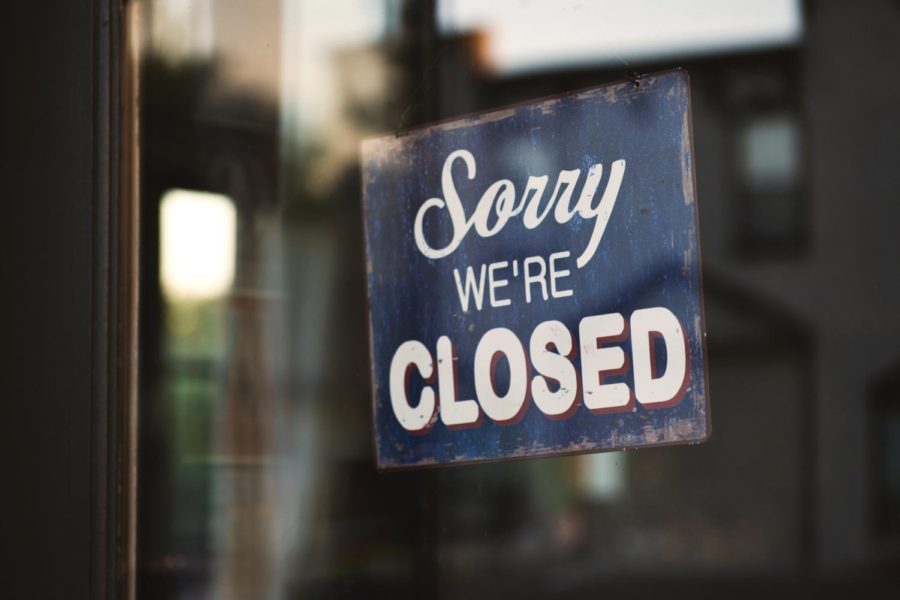Unemployment continues to soar amid COVID-19 pandemic
April 13, 2020
More than 16 million people in the United States have filed for unemployment in the weeks since the COVID-19 pandemic has shut down “nonessential” businesses across the country, with millions of restaurant, retail and other workers laid off each week.
Sixteen million is a higher number than was seen over a time period of two years in the late-2000s recession. In Iowa, tens of thousands are applying for unemployment every week, and the state employment agency’s website warned visitors April 13 they were experiencing a surge in calls and recommended people call another time or email questions to [email protected].
In an effort to aid some of the many Americans affected by the economic consequences of coronavirus, the Department of the Treasury will distribute stimulus checks to many Americans starting as soon as the week of April 13. The Internal Revenue Service produced a webpage that states who is eligible for a check and where those who are eligible for a check but did not submit a 2019 tax return can enter their information to receive one.
In a late March press conference, President Donald Trump said he was hopeful the nation’s economy would be able to open up by Easter. That holiday has passed, and there is no indication from state or federal leaders that restrictions will be lifted soon.
Determining when to lift restrictions is a balancing act. Reopening it soon may prevent further economic damage but could end up causing a second wave of the disease spreading through the country and an unknowable number of deaths. Joshua Rosenbloom, Iowa State professor and chair of the economics department, explained the potential effects of a second wave.
“Until we have an effective vaccine, it seems likely that some level of restrictions on movement and therefore economic activity will be necessary to limit the number of cases and deaths resulting from the virus,” Rosenbloom said. “There are some models that suggest that regular and frequent testing would allow for a resumption of much activity if those found to be infected would then be quarantined. The economic effects of the shutdown will persist as long as activity is restricted and for some time thereafter.”
Rosenbloom said the estimated value of saving human lives by such a strategy is “quite high” and by some calculations is “well in excess” of the negative economic consequences.
“The larger concern than the size of the short-term effects on the economy is the distribution of this burden, which is falling most heavily on small businesses, the self-employed and gig economy workers,” Rosenbloom said.
The department chair also said the impacts of the disease could cause a significant economic contraction.
“The effects everywhere are clear in rising unemployment,” Rosenbloom said. “We won’t know the [gross domestic product] effects for some time. GDP estimates for the second quarter of 2020 [April to June] will not be available until [September] and are then subject to significant revisions. The range of forecast effects is quite broad, but all the forecasts suggest a large drop in GDP.”
With soaring unemployment numbers, the questions many Americans have is whether the economy will be able to bounce back from this and quickly recover.
“The simple answer is probably not,” Rosenbloom said. “Restarting businesses, rehiring employees and other adjustments will take some time.”







